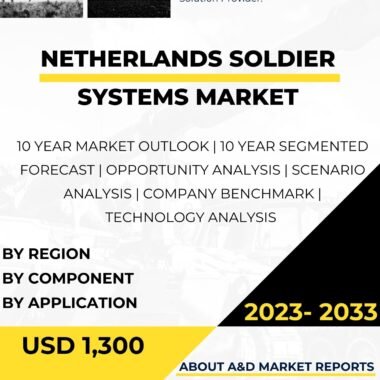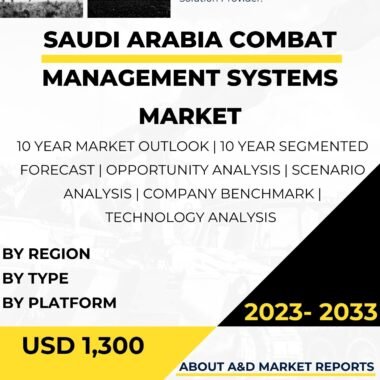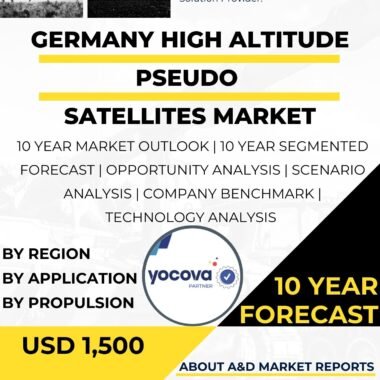Description
The High Altitude Pseudo Satellites market in the China represents a rapidly evolving domain focused on the development and deployment of unmanned, solar-powered aerial systems that operate at stratospheric altitudes for extended durations. This market is structured around aerospace manufacturers, technology developers, and defense agencies collaborating on platforms intended to provide surveillance, communication relays, and intelligence capabilities without the high cost and risk associated with traditional satellites or manned aircraft. These pseudo satellites serve as a bridge between space-based systems and terrestrial assets, offering high endurance, low operational costs, and flexibility for persistent coverage over designated areas. Key characteristics of the market include the emphasis on advanced solar power technologies, lightweight materials, autonomous control systems, and payload versatility to meet diverse mission requirements. Key segments within the market cater to military surveillance, disaster monitoring, environmental observation, and communication augmentation applications. Prominent players encompass established aerospace companies, innovative startups, and government research organizations focusing on cutting-edge technological integration and flight endurance innovations. Primary drivers fueling market growth include increasing demand for persistent intelligence, surveillance, and reconnaissance capabilities, the need for layered communication networks, and budget-conscious alternatives to expensive satellite launches. Challenges remain around regulatory approvals for airspace use, development of reliable autonomous flight control, integration of multiple sensor payloads, and competition with evolving satellite and drone technologies. Customers primarily comprise military branches, federal agencies, and commercial entities requiring high-altitude persistent capabilities for strategic operations. Regulatory oversight involves coordination between aerospace authorities and the military to ensure safe operation within national and international airspace frameworks. Supply chain considerations are complex, with requirements for specialized materials, solar cells, avionics, and propulsion components sourced from advanced manufacturers and tightly controlled subcontractors. Technological advances are centered on improvements in photovoltaic efficiency, energy storage, lightweight composites, and AI-driven flight management systems. The High Altitude Pseudo Satellites market in the US is redefining aerial surveillance and communication paradigms by offering persistent, cost-effective solutions that complement existing space and air systems, growing increasingly integral to future defense and civilian operational frameworks.




